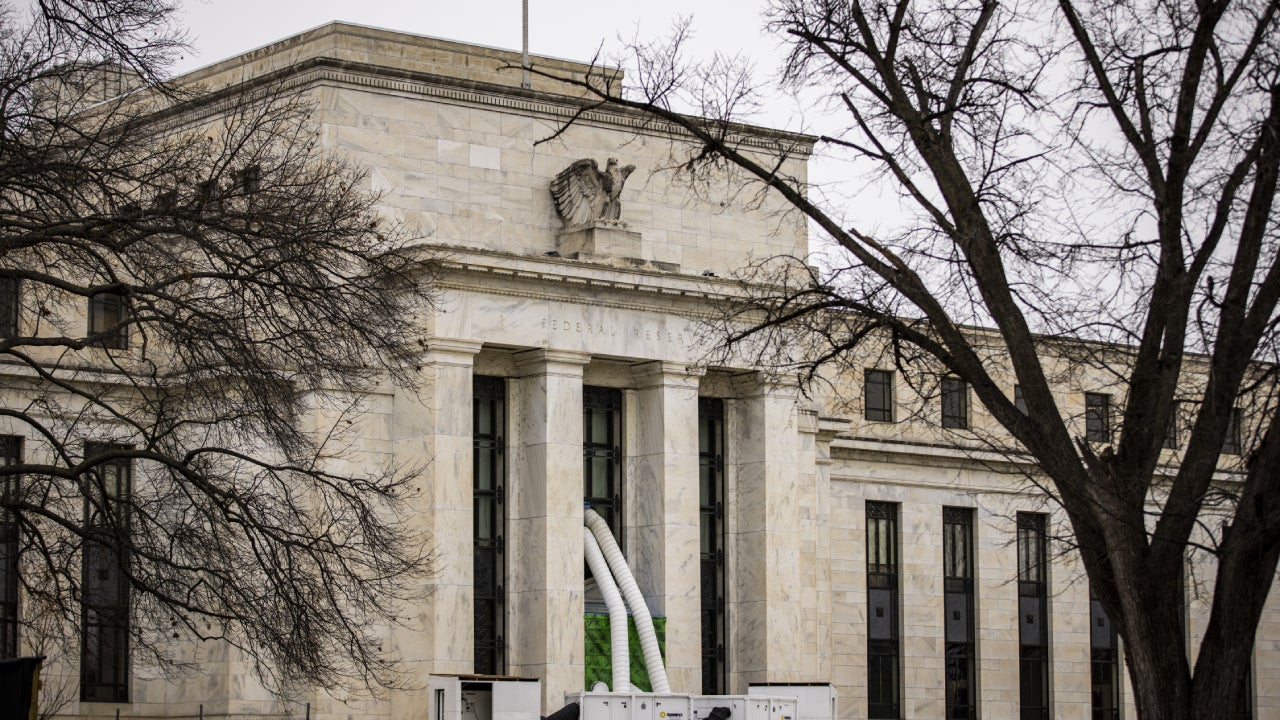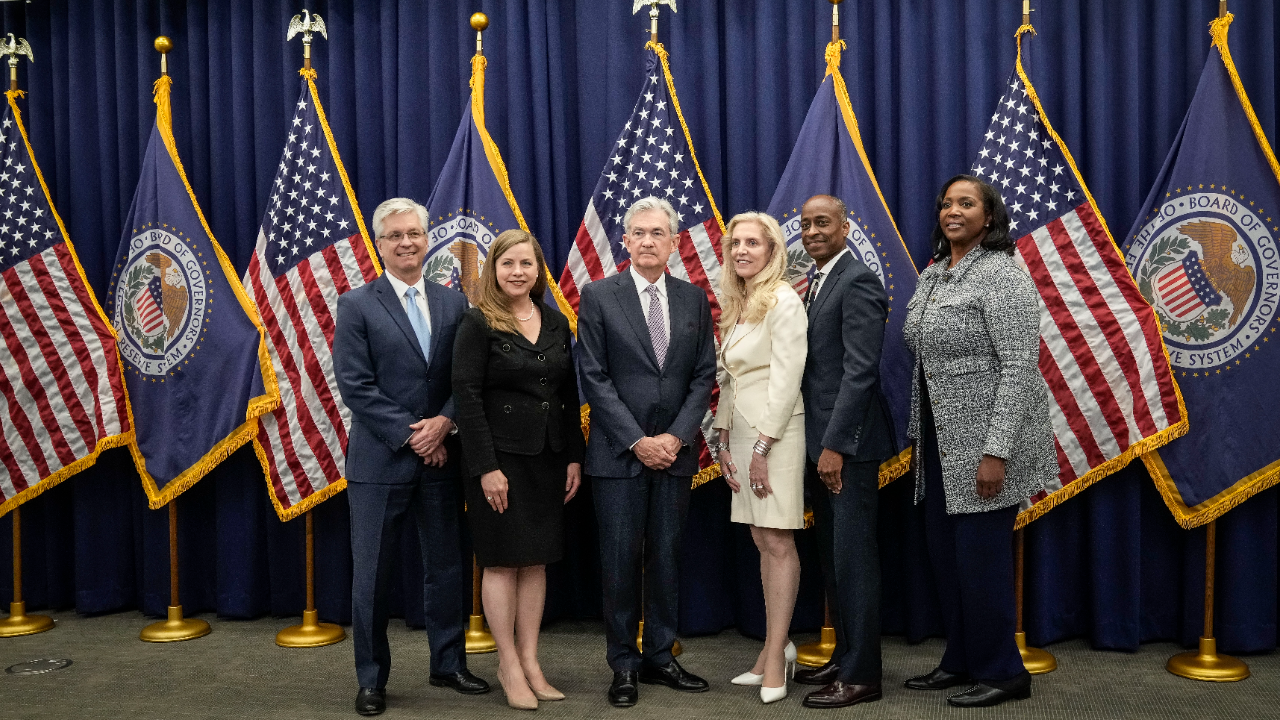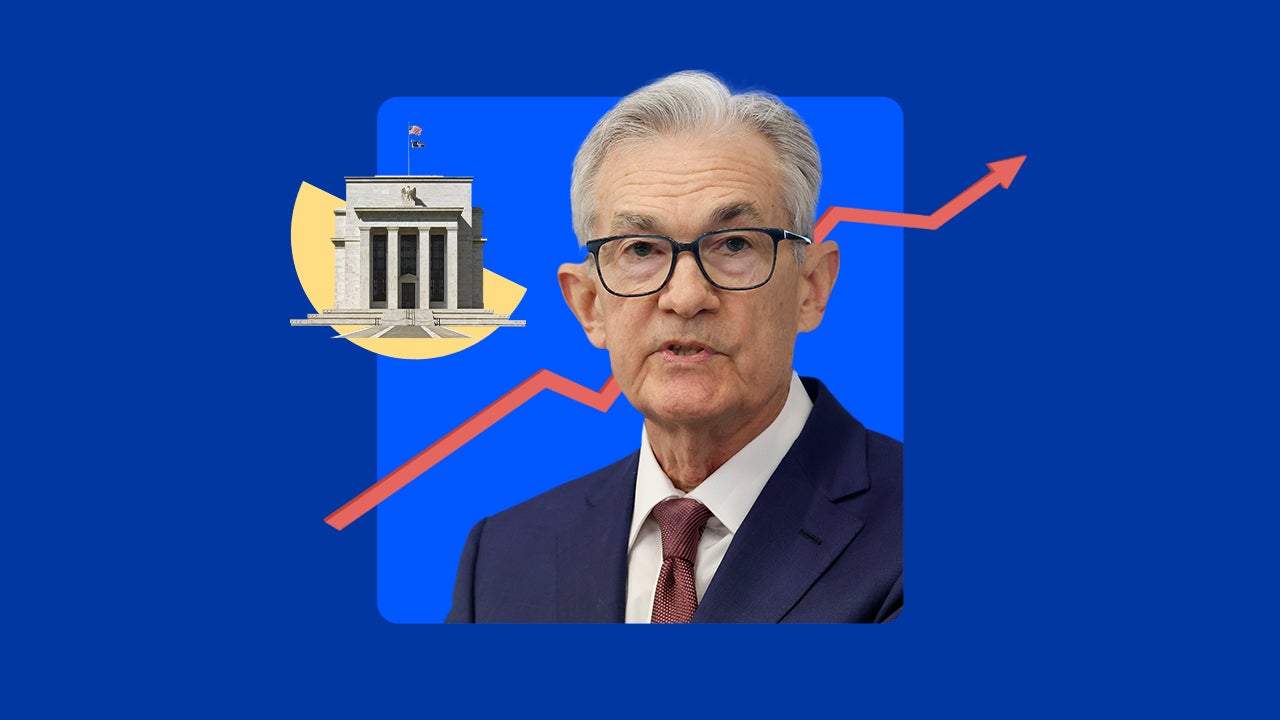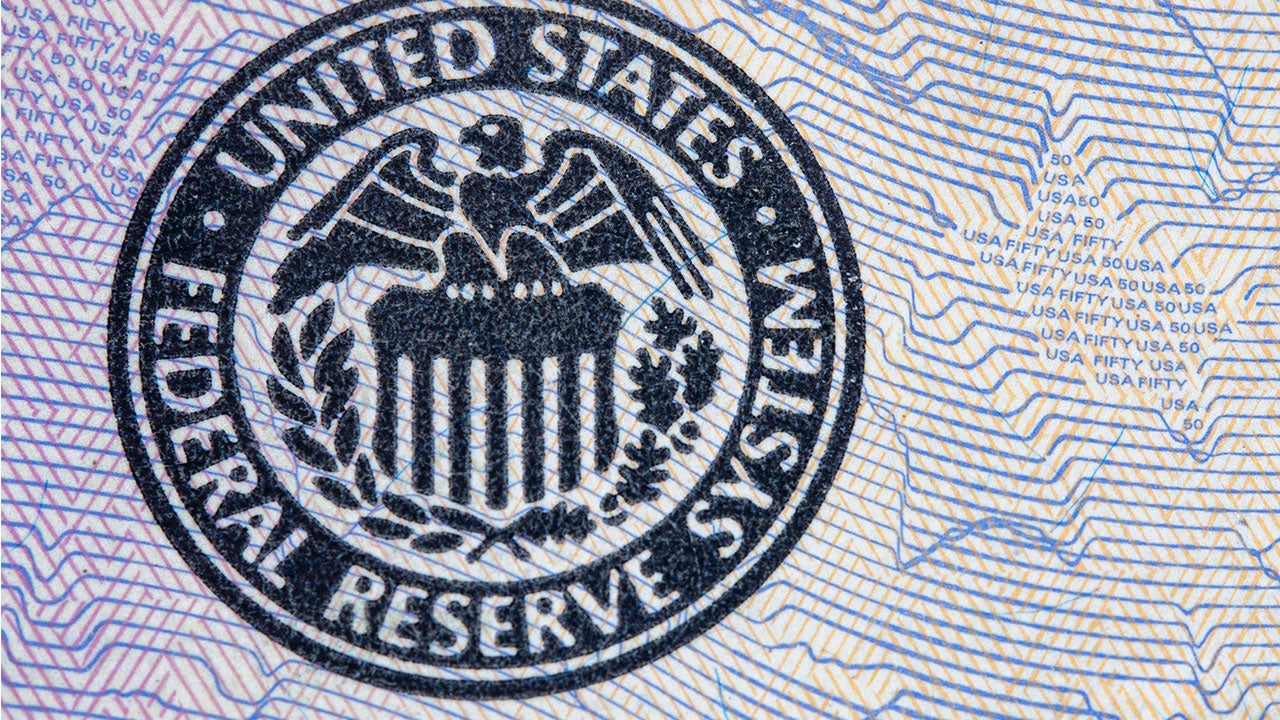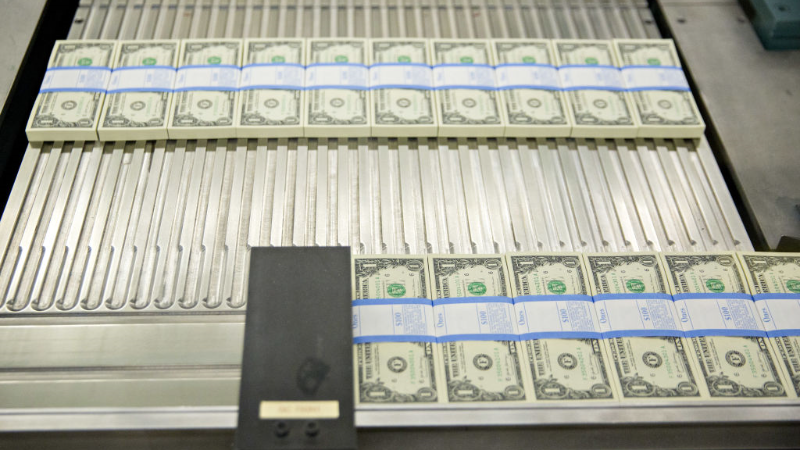6 key ways the Federal Reserve impacts your money
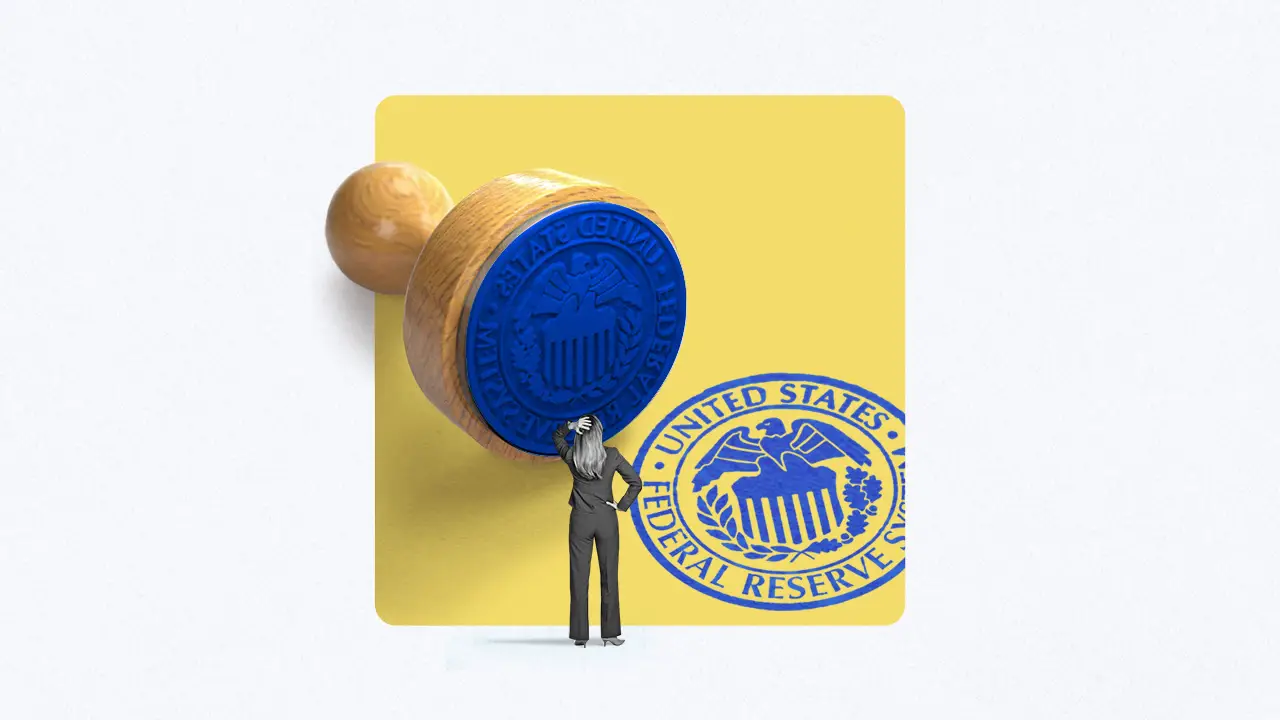
Key takeaways
- The Federal Reserve’s interest-rate decisions have a wide-ranging influence on Americans’ personal finances, affecting their job security, financing costs and the direction of the economy.
- When the Fed’s key interest rate falls (or rises), the borrowing costs you pay also follow suit, influencing the cost of financing purchases with credit cards, car loans, personal loans and more.
- Interest rates remain the highest since 2007, even after the Federal Reserve’s full percentage point worth of interest rate cuts in 2024.
Did you buy a home when mortgage rates were at record lows in 2020? Did you job hop during the “Great Resignation” of workers in 2021? Have you been holding off on making a big-ticket purchase until you can find a cheaper deal and lower interest rate?
Believe it or not, those decisions might be linked to what’s happening at the world’s most powerful central bank: the Federal Reserve.
Your job security, your portfolio, your debts and the direction of the economy are all subject to the Fed’s influence. As that price of money changes, it ripples out in a lot of different directions.— Greg McBride, CFA, Bankrate chief financial analyst
What does the Federal Reserve do?
The Federal Reserve is the central bank of the U.S., best known as the orchestrator of the world’s largest economy. The Fed has two main economic goals — price stability and maximum employment — and it uses interest rates as its main lever to accomplish those outcomes.
The Fed’s rate-setting arm — the Federal Open Market Committee (FOMC) — (typically) meets eight times a year to either raise, lower or maintain a key benchmark interest rate that ripples through the entire economy: the federal funds rate.
How does the Federal Reserve impact me?
Put simply, the Fed’s interest rate decisions have a domino effect on almost all forms of borrowing. When rates rise (or fall), so, too, do borrowing costs on auto loans, credit cards, home equity lines of credit (HELOCs) and more. You may also see banks adjust the yields that they were previously offering on key products like savings accounts or certificates of deposit (CDs).
But the Fed’s decisions have other knock-on effects. For starters, cheaper borrowing costs can incentivize businesses to hire new workers or invest in new initiatives. Expensive rates, however, can cause both businesses and consumers to pull back on big-ticket purchases or hiring — worsening the job market.
High rates can also choke economic growth. Case in point: As the Fed held interest rates at a 23-year high, unemployment rose last summer to the highest level in three years, while job growth slowed from its rapid post-pandemic pace.
That slowdown in hiring was part of the reason why officials lowered interest rates by half a percentage point at their September rate-setting meeting — followed by two more consecutive cuts to borrowing costs.
1. The Fed’s decisions influence your borrowing costs
When the Fed’s rate goes up (or down), the interest rates that you pay move in lockstep. That’s because the Fed’s key borrowing rate benchmark acts as a lever for other popular loan benchmarks, such as the prime rate and the Secured Overnight Financing Rate, or SOFR.
Sometimes, rates even fall (or rise) on the mere expectation the Fed is going to adjust rates.
Still, the Fed’s three rate cuts so far have done little to alleviate historically pricey borrowing costs thanks to the Fed’s forceful inflation fight. Here’s how much more expensive it’s become to finance various big-ticket items since the days when rates were holding at near-zero during the coronavirus pandemic:
| Product | Week ending July 21, 2021 | Week ending March 12, 2025 | Change |
|---|---|---|---|
| $30K home equity line of credit (HELOC) | 4.24 percent | 8.04 percent | +3.8 percentage points |
| Home equity loans | 5.33 percent | 8.37 percent | +3.04 percentage points |
| Credit card | 16.16 percent | 20.09 percent | +3.93 percentage points |
| Four-year used car loan | 4.8 percent | 7.92 percent | +3.12 percentage points |
| Five-year new car loan | 4.18 percent | 7.42 percent | +3.24 percentage points |
| Source: Bankrate national survey data | |||
After a rate cut from the Fed, borrowers often see rate adjustments reflected in one to two billing cycles — but only if they have a variable-rate loan. Consumers who locked in a loan with a fixed interest rate won’t feel any impact when the Fed raises rates.
Meanwhile, lenders will often adjust interest rates by a wider or smaller margin than the Fed’s benchmark interest rate depending on a variety of other factors — such as borrowers’ credit history or competition in the market.
“Banks are not required to line up their interest rates with the Fed’s rate,” says Liz Ewing, chief financial officer at Sapient Capital. “Each bank will respond to the Fed’s rate announcement and adjust rates in their own way.”
Mortgage rates don’t always follow the Fed
Mortgage rates are the main exception. The 30-year fixed-rate mainly tracks the 10-year Treasury yield, rather than the fed funds rate. Both benchmarks are guided by the same macroeconomic forces, but at its most basic level, Treasury yields rise and fall due to investors’ expectations for inflation and economic growth, along with the public’s appetite for borrowing from the government.
Those forces can help explain why the key home-financing loan actually increased since the Fed first cut rates in September. Meanwhile, fears of weaker economic growth have recently been driving them lower.
| Low | High | Current level | Change |
|---|---|---|---|
| 2.93 percent (Jan. 27, 2021) | 8.01 percent (Oct. 25, 2023) | 6.77 percent (March 12, 2025) | +3.84 percentage points from all-time low, -1.24 percentage point from peak |
“The recent drop in mortgage rates was fueled by concerns of economic weakness, so be careful what you wish for,” McBride says.
2. Savings accounts and CDs mimic the Fed but will fall before the Fed cuts
The Fed’s moves have a similar effect on the returns you earn on your savings. The Fed’s rapid rate hikes to control post-pandemic inflation helped lift yields on savings accounts and certificates of deposit (CDs) to the highest yields in over a decade. On the flip side, yields have edged lower after the Fed’s three rate cuts.
- Highest-yielding 5-year CD: 4.25% (peak: 4.85%)
- Highest-yielding 1-year CD: 4.4% (peak: 5.75%)
- Highest-yielding savings account: 4.5% (peak: 5.55%)
Those rate cuts, however, haven’t changed what’s most important to savers: Yields are continuing to top inflation. As of February, prices have increased 2.8 percent, according to the latest data from the Bureau of Labor Statistics.
The nation’s biggest banks as well as traditional brick-and-mortar banks have barely boosted their offerings for savers since the Fed started raising interest rates. The national average savings yield is 0.47 percent, after holding around 0.06 percent during the pandemic, according to national Bankrate data.
Online banks are able to offer more competitive interest rates because they don’t have to fund the overhead costs that depository institutions with physical branches have.
3. With rates still high, it can be harder for borrowers to get approved for new loans
One of the reasons higher interest rates slow demand: They cut off households from the never-ending credit spigot. Nearly half of applicants (48 percent) were denied a loan or financial product between December 2023 and December 2024, as interest rates stayed historically elevated, according to recent Bankrate polling.
The phenomenon reflects a key feature that’s likely to remain, even as the Fed cuts rates: Lenders sometimes grow pickier about who they lend money to, out of fear that they may not be paid back. Interest rates may climb even faster for borrowers perceived to be riskier. Financial firms may also fear that the risk of default is higher because monthly payments effectively become costlier when interest rates are high.
A $500,000 mortgage would’ve cost you $2,089 a month in principal and interest when rates were at a record low of 2.93%, according to an analysis using Bankrate’s national survey data. With the 30-year fixed-rate mortgage now averaging 6.77%, that same payment would now cost $3,250 a month, a 56% increase.
It also does some of the Fed’s work for it. Consequently, less access to credit leads to less spending — weighing on demand and taking some of the steam away from inflation.
“Tighter credit hits borrowers with less-than-stellar credit ratings the hardest – whether the borrower is a consumer, corporation, municipality or a national government,” McBride says. “The business of lending doesn’t stop but is instead more intensely focused on borrowers posing the least risk of default.”
4. The Fed’s rate decisions influence the stock market — meaning your portfolio or retirement accounts
Markets have been known to choke on the prospect of higher rates. Part of that is by design: Many investors reshuffle their portfolios away from stocks and instead toward traditional safe-haven investments — such as bonds or CDs — as yields rise. Those moves drain excess liquidity from the stock market.
It’s also because of worries. When rates rise, market participants often become concerned that the Fed could get too aggressive, slowing down growth too much and perhaps tipping the economy into a recession. Those concerns battered stocks in 2022, with the S&P 500 posting the worst performance since 2008 in the year.
On the other hand, cheaper borrowing rates often bode well for investments because they incentivize risk-taking among investors trying to compensate for lackluster returns from bonds, fixed income and CDs. Investors who’ve been worried about an economic slowdown may also find rate cuts a relief.
The Fed isn’t the main culprit for the recent bout of stock market volatility. Yet, financial markets could get even more jittery if U.S. central bankers signal that they might not be able to quickly come to the economy’s rescue, should President Donald Trump’s tariffs or federal layoffs harm economic growth.
As the Fed grapples with what to do with interest rates, it’s important to keep a long-term mindset, avoiding any knee-jerk reactions and maintaining regular contributions to your retirement accounts. Remember: Falling stock prices create tremendous buying opportunities for Americans hoping to bolster their portfolio of long-term investments.
“Mom-and-pop investors should focus on the bigger picture: An economy that’s growing is conducive to an environment where companies will grow their earnings,” McBride says. “Ultimately, a growing economy and higher corporate earnings are good for stock prices. It just might not be a smooth road between here and there.”
5. The Fed has a major influence on your purchasing power
The Fed’s interest rate decisions are bigger than just influencing the price you pay to borrow money and the amount you’re paid to save. All of those factors also have a prevalent influence on your purchasing power as a consumer.
Low interest rates intended to stimulate the economy and juice up the job market can fuel demand so much that supply can’t keep up — exactly what happened in the aftermath of the coronavirus pandemic. All of that can lead to inflation.
High interest rates, meanwhile, are designed to weigh on inflation. Americans may decide to delay a purchase or investment that requires financing, weighing on consumer spending. Higher interest rates also can lead to joblessness if the economy slows too much. Without a paycheck, consumers have the least amount of buying power at all. The Fed is the country’s No. 1 inflation fighter because its tools are seen as the most effective.
6. The Fed influences how secure you feel in your job or how easy it is to find a job
One of the biggest corners of the economy impacted by higher interest rates is the job market. Expansions that seemed wise when money was cheap might be put on the backburner. New opportunities made possible by low interest rates are no longer on the table.
The job market has clearly cooled since the Fed started raising interest rates. The nation’s joblessness rate has now held above 4 percent since May 2024, currently holding at 4.1 percent after hitting as low as 3.4 percent, Labor Department data shows. Employers have created about 191,000 jobs, on average, over the past six months, down from a 300,000 average six-month pace at this time two years ago. Meanwhile, companies are also dwindling their hiring plans, with the number of job openings on the market hitting 7.7 million in January, after soaring as high as 12 million in March 2022.
Since the Federal Reserve began raising rates in March 2022 about 1 in 5 workers say their employment or career situation has worsened (21 percent), according to Bankrate’s September 2024 Employment Security Survey. Nearly 3 in 10 workers (28 percent) say they are more worried now, Bankrate also found.
Layoffs are still historically low, but some industries have been tougher for jobseekers than others. Big tech firms including Meta, Amazon and Lyft laid off thousands of workers since the Fed started raising rates. That’s happening as federal layoffs and uncertainty about the Trump administration’s tariff policies put another damper on the labor market. Job cuts in February hit the highest monthly total since 2009, led by layoffs in government, according to data from outplacement firm Challenger, Gray & Christmas.
What to do when interest rates change
Raising interest rates is a blunt instrument with no method of fine-tuning specific corners of the economy. It simply works by slowing demand overall — but the risk is that the U.S. central bank could do too much. Put in the mix that officials are trying to judge how rates impact the economy with backward-looking data, and the picture looks even darker.
While the odds of a soft-landing have looked promising, eight of the Fed’s past nine tightening cycles have ended in a recession, according to an analysis from Roberto Perli, former head of global policy at Piper Sandler who now helps manage the U.S. central bank’s open-market operations at the New York Fed.
A high-rate and uncertain economic environment makes prudent financial steps all the more important, especially having ample cash you can turn to in an emergency.
Boosting your credit score and paying off high-cost debt can also create more breathing room in your budget in a higher-rate environment. Use Bankrate’s tools to find the best auto loan or mortgage for you, and shop for the best savings account to park your cash.
“While the idea of interest rates coming down is appealing to many consumers and businesses, the reason for lower interest rates is very important,” McBride says. “We want interest rates to decline because inflation declines, not because of economic weakness.”



